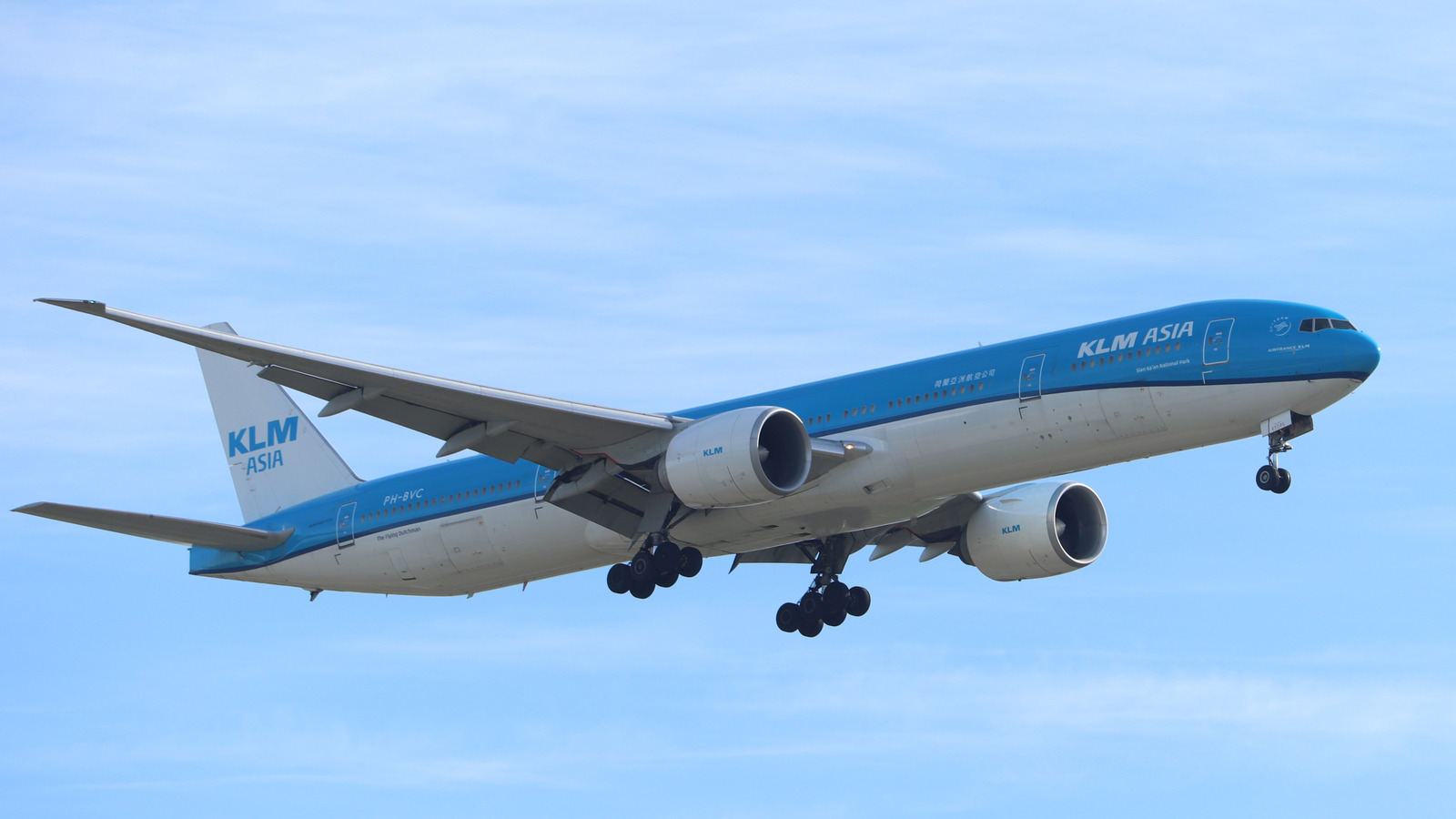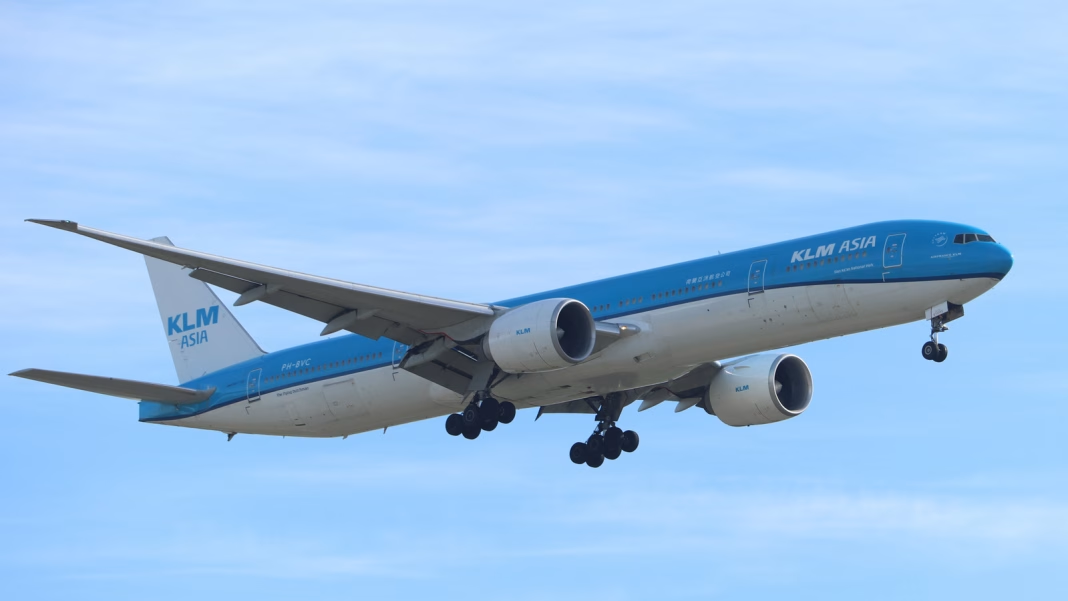What Happens When a Portable Phone Charger Catches Fire on a Plane?
Imagine you’re halfway across the ocean, nestled into your seat, maybe dozing off or catching up on a movie, when suddenly the cabin fills with a sharp, acrid smell. Within seconds, smoke starts to billow from a nearby seat. The culprit? A portable phone charger—one of those handy power banks most of us toss in our carry-ons without a second thought. It’s a scenario that’s becoming more common as we rely on rechargeable devices, and it’s one that can turn a routine flight into a nerve-wracking ordeal.
Why Are Portable Chargers a Fire Risk in the Air?
Most portable phone chargers use lithium-ion batteries, which pack a lot of energy into a small package. That’s great for keeping your phone alive, but not so great if something goes wrong. If a battery is damaged, defective, or exposed to extreme temperatures, it can overheat and catch fire—a phenomenon known as thermal runaway. On the ground, that’s bad enough. In a pressurized airplane cabin, thousands of feet above the nearest fire station, it’s a whole different ballgame.
According to the Federal Aviation Administration, there were over 60 incidents involving lithium batteries on aircraft in 2023 alone. These fires can release toxic smoke, trigger alarms, and, in the worst cases, force emergency landings. That’s why airlines have strict rules about carrying spare batteries and portable chargers in your carry-on, not your checked bag.
How Do Flight Crews Handle Battery Fires Mid-Flight?
When a power bank caught fire on a recent flight, the cabin crew sprang into action. A flight attendant quickly grabbed a fire extinguisher and put out the flames before they could spread. Training for these situations is intense: crews are taught to recognize the signs of a battery fire, use specialized extinguishers, and isolate the device in a fire containment bag if available.
Speed is everything. Toxic smoke can fill a cabin in minutes, and panic can spread even faster. That’s why you’ll often see flight attendants moving with calm urgency, reassuring passengers while tackling the source of the smoke. In this case, the quick response meant the flight continued safely to its destination, with only a lingering whiff of burnt plastic as a reminder.
What Should Passengers Do If They See Smoke or Fire?
If you ever spot smoke or smell something burning on a plane, don’t try to be a hero. Alert the nearest flight attendant immediately—they’re trained for exactly this kind of emergency. Don’t pour water on a burning battery, as it can make things worse. And never try to pick up a smoking device; it could explode or release more toxic fumes.
It’s also smart to keep your own devices within reach, not buried deep in a bag. If you notice your phone or charger getting unusually hot, unplug it and let a crew member know. Prevention is key: only use chargers and batteries from reputable brands, and avoid overcharging or exposing them to direct sunlight.
Are Airlines Doing Enough to Prevent These Incidents?
Airlines have ramped up their safety protocols in recent years. Many now require passengers to carry spare lithium batteries in their hand luggage, where any problems can be spotted quickly. Some carriers have even invested in fire containment bags and thermal gloves for their crews. The International Air Transport Association regularly updates its guidelines, and regulatory agencies continue to study battery safety.
Still, with more devices in the sky than ever before, the risk isn’t going away. Experts recommend that travelers check their chargers for recalls, avoid cheap knockoffs, and follow airline instructions to the letter. It’s a team effort—crews, passengers, and manufacturers all have a role to play.
What’s the Real Risk for the Average Traveler?
While stories of inflight battery fires grab headlines, the odds of being affected are low. Most flights pass without incident, and when something does go wrong, trained crews are ready. That said, even a single fire can have serious consequences, from minor injuries to costly diversions.
The big takeaway? Flying with gadgets isn’t about perfection—it’s about smarter adjustments. Start with one change this week—maybe check your charger for damage or pack it in your carry-on—and you’ll likely spot the difference by month’s end. Safe travels, and may your next flight be smoke-free.


